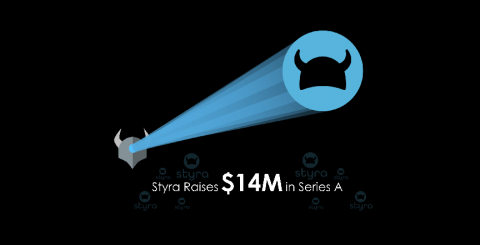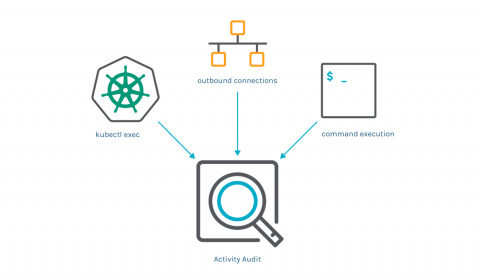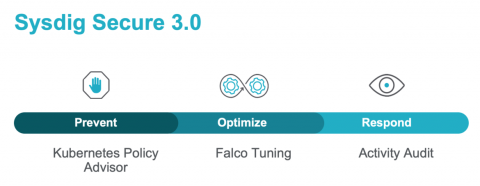Attackers Using PureLocker Ransomware to Target Enterprises' Servers
Researchers have detected a new ransomware family they’re calling “PureLocker” which attackers are using to target enterprises’ production servers. Intezer detected a sample of the ransomware masquerading as the Crypto++ C++ cryptography library. In their analysis of the sample, they noticed something unusual when they saw that alleged library contained functions related to music playback.









